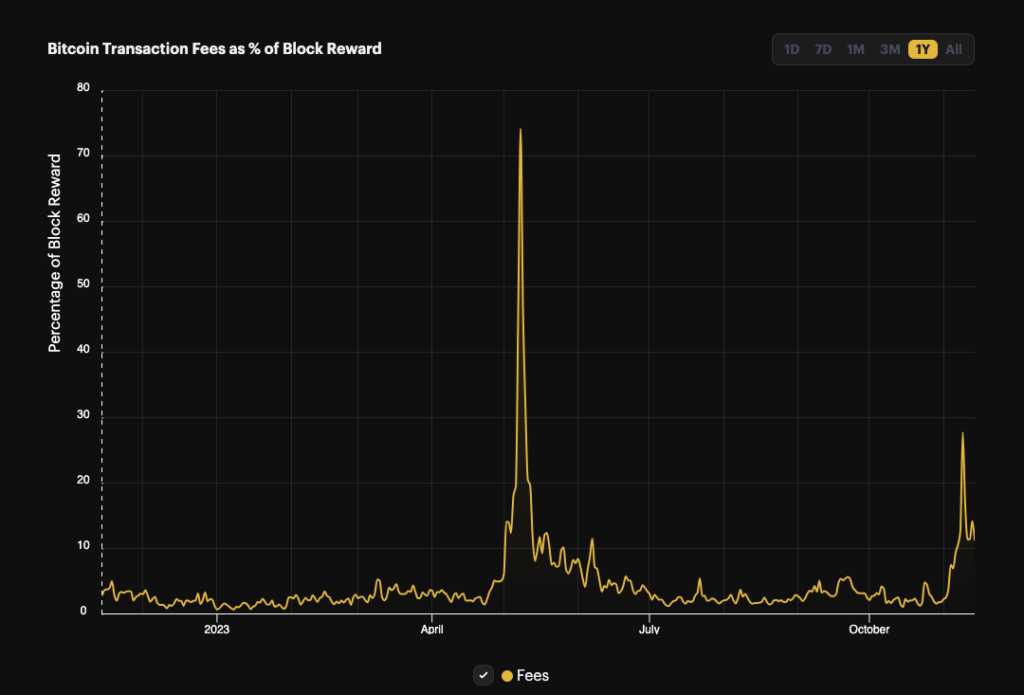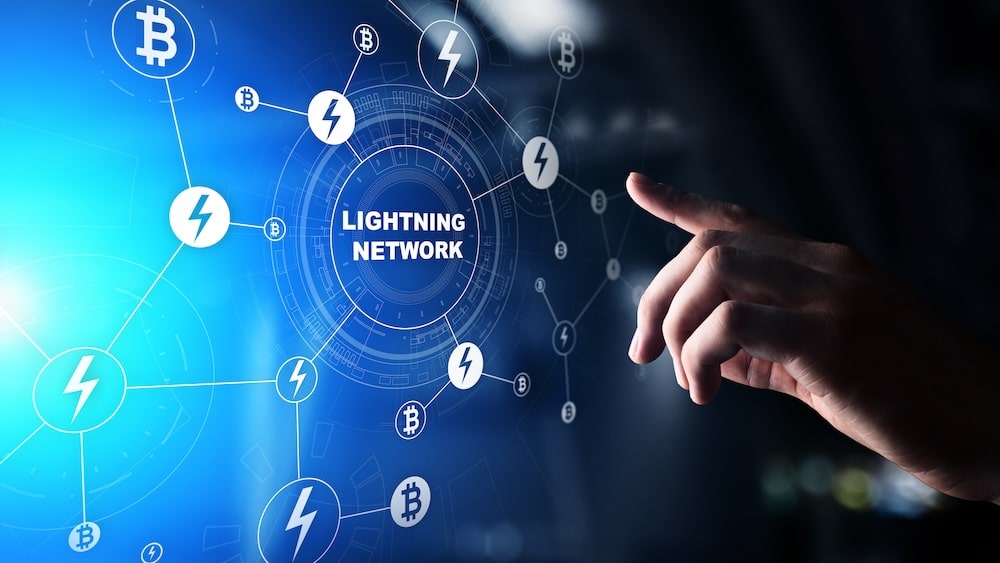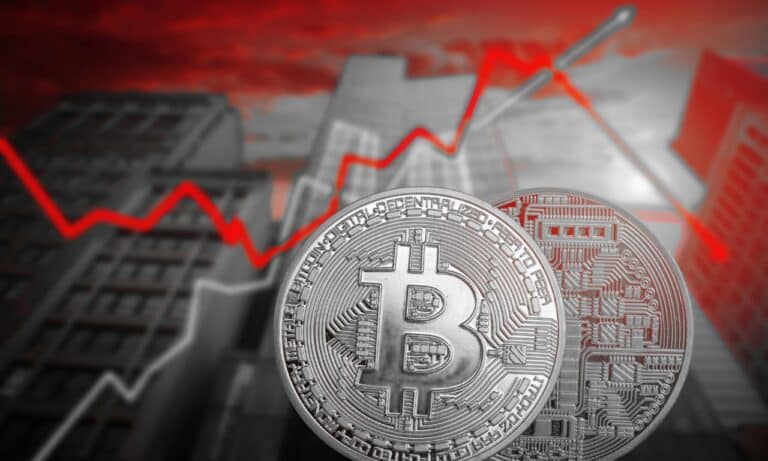A Shift in the Wind
Did you know Bitcoin miners earn more than just block rewards? Yes, they get fees from processing transactions too! As Bitcoin’s block rewards keep halving, these fees are becoming increasingly important. They’re turning into a major source of income for miners.

Why Are Fees Becoming Important?
Every four years, Bitcoin’s block rewards halve. This means miners earn less Bitcoin for the same work. But as Bitcoin becomes more popular, the number of transactions is shooting up. And with more transactions come more fees!
The Fee Market: A Miner’s New Best Friend
Think of the Bitcoin network as a busy highway. Everyone wants to get their transactions through quickly.
When the network is super busy, users pay higher fees to skip the line. These higher fees go straight to the miners. It’s like getting a fast pass at an amusement park!
The Lightning Network: Not a Threat, But a Partner
Now, some say the Lightning Network will reduce fees by handling small transactions off-chain. But here’s the thing: It actually complements the Bitcoin blockchain.

The Lightning Network takes care of numerous small transactions and was anticipated by the funder of Bitcoin Satoshi Nakamoto. This leaves more room on the blockchain for bigger, fee-paying transactions. It’s a win-win!
Ordinals: Congested Network?
An intriguing development within the Bitcoin network, known as ordinals, is poised to play a significant role in the future surge of mining fees as we saw with Ethereum in the last bull run driven by NFTs. Ordinals allow users to inscribe data onto individual satoshis, leading to larger transaction sizes.
As these enriched transactions consume more block space, the demand for transaction processing increases, naturally driving up the fees. This is particularly noteworthy as it introduces a new dimension to the Bitcoin fee market, potentially attracting larger entities and institutions who value the unique capabilities offered by ordinals.
High fees are not really high fees?
Their willingness to pay higher fees for enhanced transaction features could substantially boost miners’ revenue, making ordinals a key factor in the evolving landscape of Bitcoin mining economics.
Big Players, Big Fees
Imagine a world where big banks and countries use Bitcoin widely. They’ll likely prefer the security of the blockchain for significant transactions. And they won’t mind paying higher fees for this top-notch security. It means more revenue for miners!

The Future is Bright and Profitable
As we move forward, Bitcoin’s network will evolve. But one thing’s for sure: fees are set to play a huge role in miner revenue. So, if you’re into mining or thinking about it, keep an eye on those fees. They’re about to become a major player in your income stream.
Related: How energy market are changing in a favourable way for Bitcoin mining
Wrapping Up
In conclusion, fees are becoming a big deal in the Bitcoin mining world. With block rewards decreasing, fees are stepping up to the plate. They’re not just an extra income anymore; they’re becoming the main event! So, let’s stay tuned and watch how this exciting shift unfolds.
5 key points on how widespread adoptions and ordinals can be good for miners
Summary
In summary, the adoption of ordinals and widespread use of Bitcoin by major players could lead to higher fees for miners, with the Lightning Network playing a key role in handling the increased transaction volume.
Large entities are likely to accept higher fees for the benefits of enhanced security and the unique features of the Bitcoin blockchain. However, the overall impact on the Bitcoin ecosystem will depend on a variety of factors, including technological advancements, regulatory developments, and the evolving needs of users.






